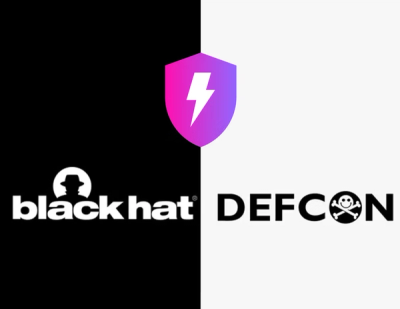
Security News
Meet Socket at Black Hat and DEF CON 2025 in Las Vegas
Meet Socket at Black Hat & DEF CON 2025 for 1:1s, insider security talks at Allegiant Stadium, and a private dinner with top minds in software supply chain security.
View and edit BPMN 2.0 diagrams in the browser.
Use the library pre-packaged or include it via npm into your node-style web-application.
To get started, create a bpmn-js instance and render BPMN 2.0 diagrams in the browser:
const xml = '...'; // my BPMN 2.0 xml
const viewer = new BpmnJS({
container: 'body'
});
try {
const { warnings } = await viewer.importXML(xml);
console.log('rendered');
} catch (err) {
console.log('error rendering', err);
}
Checkout our examples for many more supported usage scenarios.
You may attach or detach the viewer dynamically to any element on the page, too:
const viewer = new BpmnJS();
// attach it to some element
viewer.attachTo('#container');
// detach the panel
viewer.detach();
Prepare the project by installing all dependencies:
npm install
Then, depending on your use-case you may run any of the following commands:
# build the library and run all tests
npm run all
# spin up a single local modeler instance
npm start
# run the full development setup
npm run dev
You may need to perform additional project setup when building the latest development snapshot.
bpmn-js builds on top of a few powerful tools:
It is an extensible toolkit, complemented by many additional utilities.
Use under the terms of the bpmn.io license.
18.6.2
FIX: center task markers (#1995)FAQs
A bpmn 2.0 toolkit and web modeler
The npm package bpmn-js receives a total of 71,913 weekly downloads. As such, bpmn-js popularity was classified as popular.
We found that bpmn-js demonstrated a healthy version release cadence and project activity because the last version was released less than a year ago. It has 10 open source maintainers collaborating on the project.
Did you know?

Socket for GitHub automatically highlights issues in each pull request and monitors the health of all your open source dependencies. Discover the contents of your packages and block harmful activity before you install or update your dependencies.

Security News
Meet Socket at Black Hat & DEF CON 2025 for 1:1s, insider security talks at Allegiant Stadium, and a private dinner with top minds in software supply chain security.

Security News
CAI is a new open source AI framework that automates penetration testing tasks like scanning and exploitation up to 3,600× faster than humans.

Security News
Deno 2.4 brings back bundling, improves dependency updates and telemetry, and makes the runtime more practical for real-world JavaScript projects.